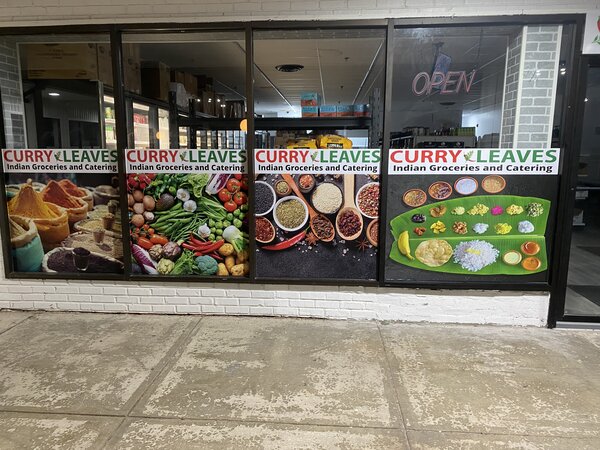Introduction to Window Graphics
Window graphics are a dynamic and versatile form of visual communication, turning plain glass surfaces into eye-catching displays. Ideal for businesses, they offer a unique opportunity to promote products, enhance branding, and attract customers. Whether for storefronts, office buildings, or even vehicles, window graphics can be customized to meet a variety of marketing and decorative needs.
Benefits of Window Graphics
One of the primary benefits of window graphics is their ability to maximize visibility and capture attention. Strategically placed on windows, these graphics can draw in passersby, advertise special offers, or simply reinforce brand identity. They are particularly effective in high-traffic areas, where a well-designed graphic can significantly increase foot traffic and customer engagement.
Another advantage is the flexibility in design and application. Window graphics can be created in a range of styles, from full-coverage opaque designs to transparent or translucent options that allow light to filter through. This versatility means they can be used for both functional purposes, such as privacy screening, and decorative purposes, like creating a festive atmosphere.
Types of Window Graphics
There are several types of window graphics, each serving different purposes and offering distinct visual effects:
Window Decals: These are adhesive graphics applied directly to the glass surface. They can be easily installed and removed, making them ideal for temporary promotions or seasonal decorations.
Window Clings: Made from a non-adhesive material, window clings adhere to glass through static cling. They are reusable and can be repositioned, offering flexibility for changing displays.
Perforated Vinyl Graphics: These graphics allow one-way visibility, with a design visible from the outside while still allowing light and views from the inside. They are commonly used for vehicle wraps and storefronts.
Frosted and Etched Glass Films: These films mimic the appearance of etched glass, offering a sophisticated look for privacy and branding. They are often used in office spaces to add a professional touch.
Designing Effective Window Graphics
When designing window graphics, it’s essential to consider both aesthetics and readability. The graphics should be visually appealing and aligned with the brand’s identity, using colors, fonts, and imagery that resonate with the target audience. Additionally, text should be concise and legible, especially for passing pedestrians or drivers.
The size and placement of window graphics also play a crucial role in their effectiveness. They should be proportionate to the window space and positioned at eye level for maximum impact. Consider the surrounding environment and lighting conditions, as these factors can influence visibility and readability.
Installation and Maintenance of Window Graphics
Proper installation is key to achieving a professional look with window graphics. While small decals can often be installed by the business owner, larger or more complex graphics may require professional installation to avoid bubbles, wrinkles, or misalignment. Cleaning the window surface thoroughly before application ensures better adhesion and longevity.
Maintenance is generally minimal, but regular cleaning helps maintain the appearance and clarity of the graphics. Use mild, non-abrasive cleaners and soft cloths to avoid scratching the surface. For graphics exposed to the elements, such as those on exterior windows, periodic checks for damage or wear are advisable.
Conclusion
Window graphics are a powerful tool for enhancing business visibility, promoting products, and creating engaging visual displays. Their versatility, combined with the ability to customize designs, makes them suitable for a wide range of applications, from storefront advertising to interior decor. By carefully designing and maintaining window graphics, businesses can effectively communicate with their audience, making a memorable impression and driving customer engagement.
